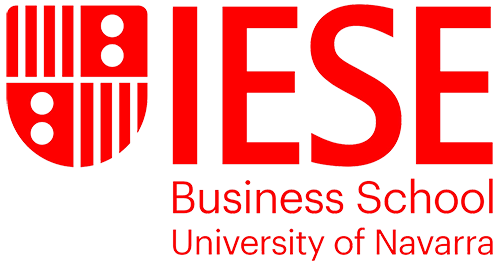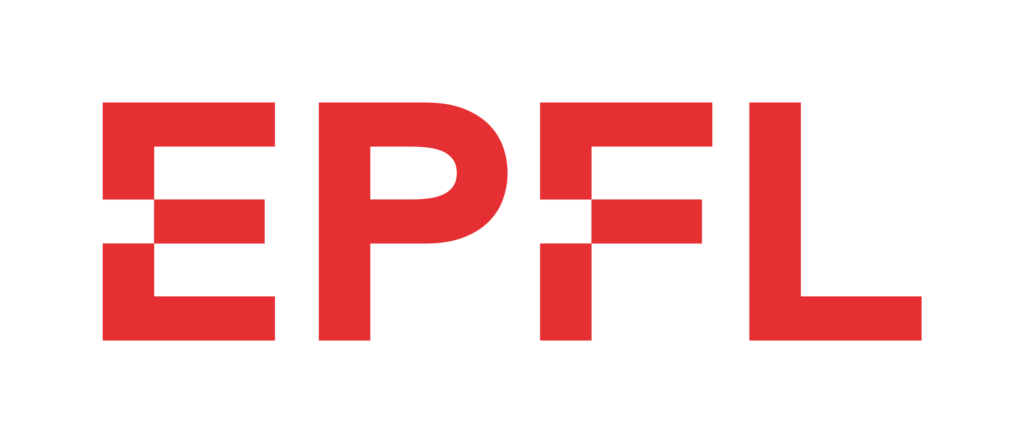Diversity
EuroTeQ offers a unique opportunity for teachers to create a culturally enriched learning environment where students learn from each other and develop intercultural skills and a shared sense of European values.
Design
Designing a course that accommodates a diverse student cohort requires careful consideration of various factors. Here are some key steps to help you design an inclusive and engaging course.
- Ensure that your learning objectives are applicable and beneficial to a diverse group of students.
- Gather information about the diverse student cohort you will be teaching. Consider factors such as their prior knowledge, learning styles, cultural background, and any specific challenges they may face. This information will help you tailor your course content and teaching strategies to meet your students’ needs.
- Incorporate a variety of diverse perspectives, examples, and case studies from different cultures, genders, and ethnicities. This will help students feel included and valued, and it will also enhance their understanding of the subject matter from multiple angles.
- Recognise that your students have different learning styles and preferences by using variation in your teaching and learning activities. Incorporate groupwork, hands-on experiments, technology-based tools, lecturing or any other methods, to ensure that students with different learning preferences can all engage with the course effectively.
- How can you actively use the diversity of your student cohort to contribute towards your students reaching the learning objectives?
Action
- Create a welcoming and inclusive classroom environment that respects and values diversity.
- Encourage students to share their perspectives and experiences.
- Be mindful of potential biases in your teaching materials and interactions with students.
- What activities do you use to establish ground rules for respectful and inclusive discussions?
Reflection
- Use student feedback on course design, content, and teaching methods to make the necessary adjustments to improve the inclusivity and effectiveness of the course.
- Ask advice or feedback from colleagues who also teach international classes, discuss challenges with others, and share your experience.
- Did the designed activities allow the students to build new perspectives, enlarge their understanding of the topic at hand and reach the intended learning objectives?
- Did your students develop skills and competencies as a result of participating in a culturally enriched learning environment?
Further Information
See how EuroTeQ partnership teachers have done this in courses that have already been offered in the EuroTeQ course catalogue.
You can pay particular attention to the following courses:
- Remote Energy Lab (TUM)
- European Culture Course (Art, Literature, and History) (L’X)
For ideas on specific tools and methods to use check the EuroTeQ Learning Lab’s inventory padlet which has been compiled based on questionnaires and interviews conducted with EuroTeQ teachers.
If you want to know more:
- Link to wp2.3 Guidelines for Diversity
- Felder, R. M., & Brent, R. (2016). Teaching and Learning STEM A Practical Guide by Richard M. Felder, Rebecca Brent. San Francisco: Jossey-Bass, pp.272-279.








